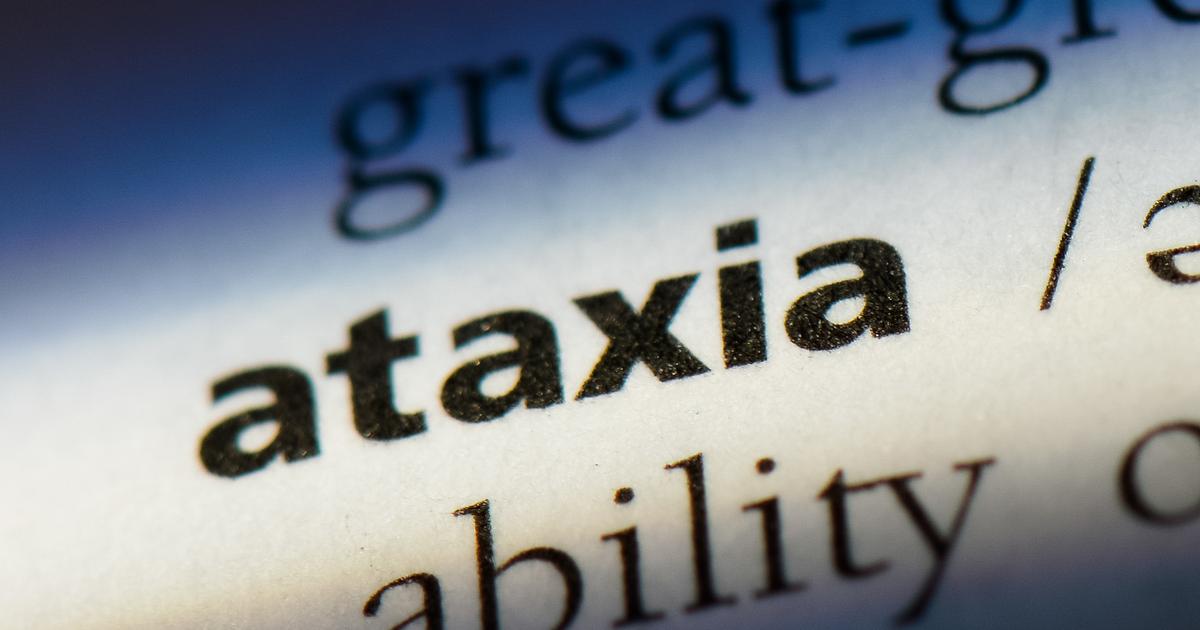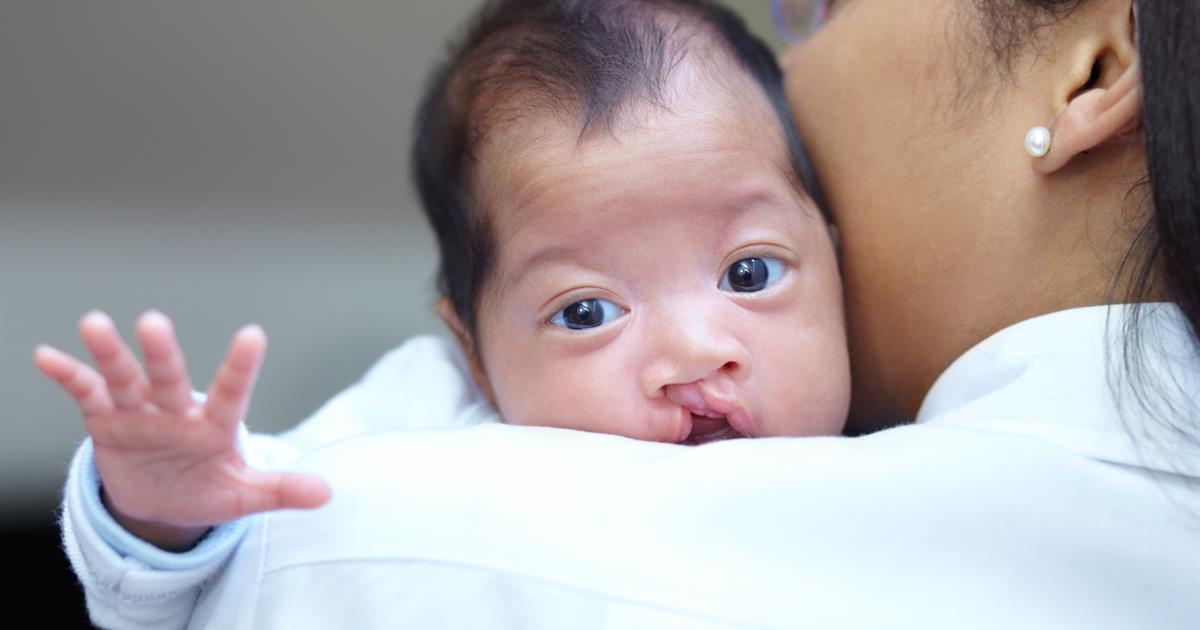What Are The Symptoms Of Kallmann Syndrome?
Cleft Palate Or Lip
Some individuals with Kallmann syndrome may have a cleft palate or lip at birth, though this sign does not occur in all cases. A cleft lip is characterized by an opening in the upper lip; this opening could simply be a small slit in the upper lip itself, or it may be a larger opening that extends into the nose. The opening associated with a cleft lip can occur on one or both sides of the lip. Rarely, it could also occur in the center of the lip. Patients with a cleft lip might have a cleft palate too. A cleft palate involves an opening in the roof of the mouth (the palate).
Children with a cleft lip or a cleft palate could experience difficulties with speech, breathing, and feeding, and they might develop ear infections or other hearing issues. Surgery can be performed to correct a cleft lip or palate, and most doctors recommend for it to be completed within the first twelve to eighteen months of a child's life. Some patients may need additional surgery as they grow.
Cerebral Ataxia

Cerebral ataxia may be present for some children with Kallmann syndrome. This symptom involves impaired coordination of voluntary movements like walking or grasping objects. In particular, individuals with Kallmann syndrome could experience a type of coordination impairment known as bimanual synkinesis (mirror hand movements). Patients will try to mirror the movements of one hand with their other hand, and they may have difficulty with tasks that require the left and right hands to make different motions, including playing a musical instrument.
To assess coordination, doctors may observe a patient's gait, and they might ask the patient to touch each finger to their thumb as rapidly as possible. The patient might also be asked to walk on their toes or heels or to walk in a straight line. Physical therapy can help patients with cerebral ataxia improve their coordination and find modified ways of performing certain activities, and some individuals may wish to use adaptive devices to increase mobility.
